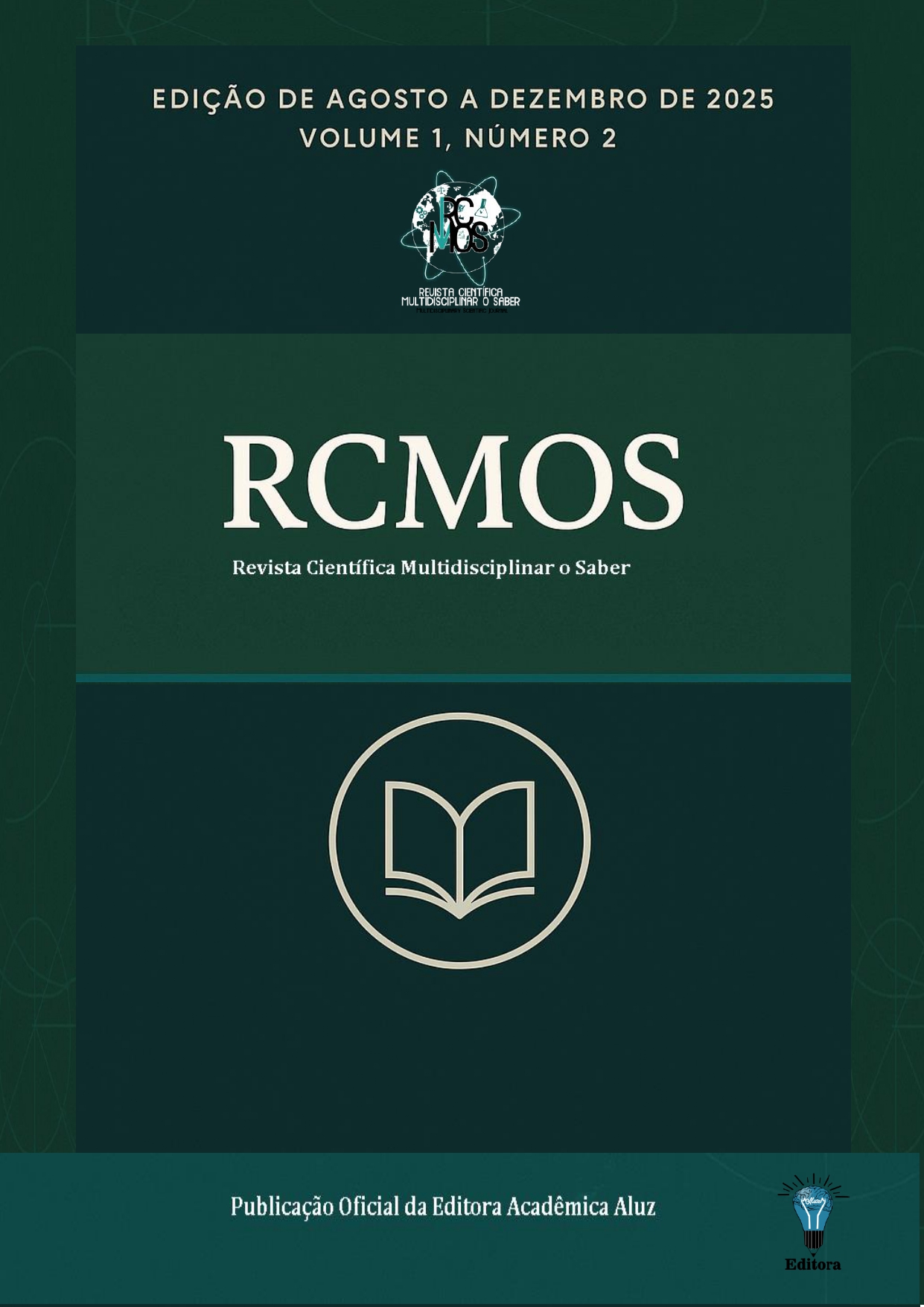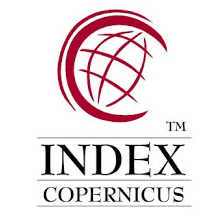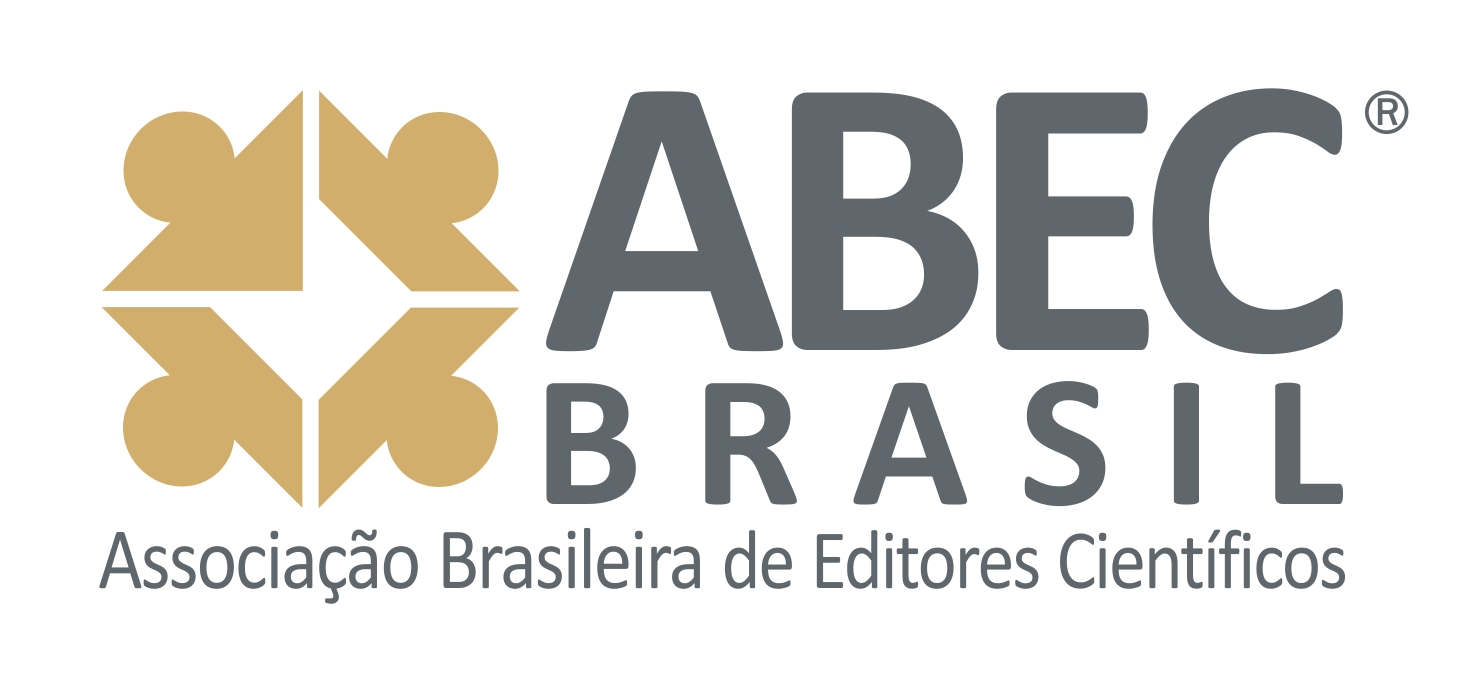Interferência linguística na aprendizagem do Francês Língua Estrangeira (FLE) por alunos moçambicanos
Linguistic interference in the learning of French as a Foreign Language (FLE) by Mozambican students
DOI:
https://doi.org/10.51473/rcmos.v1i2.2025.1427Palavras-chave:
Aprendizagem de Línguas, Interferência Linguística, Língua Francesa, Língua Portuguesa, Interlíngua e Erros.Resumo
O presente Artigo aborda sobre uma análise da problemática da interferência linguística na aprendizagem do Francês, estudo feito ao nível da 11ª classe e 12ª classes na Escola Secundária de Lhanguene, localizada nos arredores da cidade de Maputo. Moçambique é um país plurilíngue e multicultural, onde o ensino e aprendizagem engloba influências de várias línguas e culturas, tendo como base a ordem linguística deste país um potencial linguístico, onde o convívio de várias línguas no mesmo espaço social influência, sem dúvida, a aprendizagem de uma língua estrangeira (LE). Neste sentido, a aprendizagem é marcada por várias interferências interlinguísticas que se manifestam durante o processo de ensino, onde a língua materna (LM) é indicada como o principal factor da origem de vários aspectos que causam as interferências. Essencialmente, o objectivo deste estudo é examinar como a língua Portuguesa (LP/LM e ou L2) influência na aprendizagem de Francês, língua estrangeira (FLE). Como outras disciplinas do currículo escolar, a língua francesa é aprendida nesta conjuntura do programa do ensino, onde envolve aprendentes não francófonos de vários contextos sociais. Sendo assim, o ensino e aprendizagem do FLE ocorre num contexto de diversidade linguística e, por esta razão, julgamos ser importante entender as “nuances” que determinam o que se pode chamar “aquisição deficiente” desta língua estrangeira (LE).
Downloads
Referências
BHELA, B. Native language interference in learning a second language: exploratory case studies of native language interference with target language usage. International Education Journal, v. 1, n. 1, p. 22-31, 1999.
BRITO, K. S. Interferência interlinguística na mente multilíngue: perspetivas psicolinguísticas e (psico)tipológicas. 2011. Tese (Doutorado) – Universidade Federal do Paraná, Curitiba, 2011.
CARDOSO, A. J. A importância do erro e as interferências linguísticas no processo de aquisição de uma língua não materna. Disponível em: http://www.performar.org/revista/edicao_22/import_erro
. Acesso em: 12 mar. 2008.
CARIONI, L. Aquisição da segunda língua: a teoria de Krashen. In: BOHN, H. (Org.). Aquisição da segunda língua. [S.l.: s.n.], 1988.
CENOZ, J. The effect of linguistic distance, L2 status and age on cross-linguistic influence in third language acquisition. In: CENOZ, J.; HUFEISEN, B.; JESSNER, U. (Eds.). Cross-linguistic influence in third language acquisition: psycholinguistic perspectives. Clevedon: Multilingual Matters Ltd, 2001. DOI: https://doi.org/10.21832/9781853595509
CORDER, P. Error analysis and interlanguage. London: Oxford University Press, 1999.
CORDER, S. P. Signification of learners: erro, error. In: Analyses perspectives on second language acquisition. London: Longman Group Limited, 1967-1980.
CORDER, S. P. Dialectes idiosyncrasiques et analyse d’erreurs. Langages, n. 57, p. 17-28, 1980-1981. DOI: https://doi.org/10.3406/lgge.1980.1834
CUNHA, C.; CINTRA, L. Nova gramática do português contemporâneo. Lisboa: João Sá da Costa, 2008.
DIDONET, V. Plano Nacional de Educação Brasil. Brasília: Editora Plano, 2009.
DURÃO, A. B. A. B. Os erros de aprendizes brasileiros de francês como língua estrangeira podem ser vistos como uma estratégia de aprendizagem? Um estudo sobre o passé composé. In: DURÃO, A. B. A. B. (Org.). Linguística contrastiva: teoria e prática. Londrina: Moriá, 2004.
FATEME, S.; ALBOLHASSAN. Estudo sobre as diferenças da pronúncia de consoantes na oralidade da L1 e da L2. [S.l.: s.n.], [s.d.].
GALISSON, R.; COSTE, D. Dictionnaire de didactique des langues. Paris: Hachette, 1976.
GALLIGANI, S. Réflexion autour du concept d’interlangue pour décrire des variétés non natives avancées en français. Vus Bilinguisme, 2003. DOI: https://doi.org/10.4000/linx.562
GONÇALVES, P. Panorama do português oral do Maputo: vocabulário básico do português (espaço, tempo e quantidade). Contexto e práticas pedagógicas. Maputo: INDE, 2000.
GONÇALVES, P.; STROUD, C. Panorama do português oral de Maputo: vocabulário básico do português (espaço, tempo e quantidade). Contextos e prática pedagógica. Maputo: INDE, 2000.
GREGÓRIO, F. A situação do português no contexto multilingue de Moçambique. Maputo: Universidade Eduardo Mondlane, 2008.
KANNAN, D. A. A escrita de Clarice Lispector. São Paulo: Limiar, 1994-2003.
KARIM, K.; NASSAJI, H. First language transfer in second language writing: an examination of current research. Iranian Journal of Language Teaching Research, v. 1, n. 1, p. 117-134, 2013.
KIPARSKY, P. Historical linguistics. In: DINGWALL, W. O. (Ed.). A survey of linguistic science. University of Maryland Press, 1972.
KRASHEN, S. D. Second language acquisition and second language learning. University of Southern California: Pergamon Press Inc., 1981.
LOOT, D. Analysing and counteracting interference errors. ELT Journal, v. 37, n. 3, p. 256-261, 1983. DOI: https://doi.org/10.1093/elt/37.3.256
LOUBIER, C. De l’usage de l’emprunt linguistique. Québec: Office québécois de la langue française, 2011. ISBN 978-2-550-61626-9.
MACKY, W. Bilinguisme et contact de langues. Paris: Klincksieck, 1976.
MADANE, A. S. Comparison of three treatment options for painful temporomandibular joint clicking. Journal of Oral Science, v. 53, n. 3, p. 349-354, 2003-2011. DOI: https://doi.org/10.2334/josnusd.53.349
MENEZES, L. J. M. Português como língua estrangeira e segunda língua em Moçambique. Maputo: Universidade Eduardo Mondlane, 2013.
MOTA, M. B. Aquisição de língua segunda. Florianópolis: UFSC, 2008.
NEMATI, M.; TAGHIZADE, M. Exploring similarities and differences between L1 and L2. International Research Journal of Applied and Basic Sciences (IRJABS), 2006.
NGUNGA, A. Introdução à linguística bantu. Maputo: Imprensa Universitária, UEM, 2008-2012.
NGUNGA, A. Empréstimos nominais de português em bantu: o caso da língua yao. In: GALVES, C.; GARMES, H.; RIBEIRO, F. R. (Orgs.). África-Brasil: caminhos da língua portuguesa. São Paulo: Editora da Unicamp, 2009.
NGUNGA, A. Interferências de línguas moçambicanas em português falado em Moçambique. Revista Científica, UEM, 2012.
ÖZTOKAT, N. Analyse des erreurs/ analyse contrastive in grammaire et didactique des langues. Eskişehir: Anadolu Université Yayın, n. 590, 1993.
RICHARDS, J. C. O ensino comunicativo de línguas estrangeiras. [S.l.: s.n.], 1973-2006.
RODRIGUES, M. A língua materna no ensino e aprendizagem da língua inglesa: suas marcas e usos. Entre-palavras, v. 2, n. 2, 2012.
SAUSSURE, F. de. Cours de linguistique générale. São Paulo: Cultrix, 1913-1970.
SELINKER, L. Interlanguage. International Review of Applied Linguistics, v. 10, p. 209-232, 1972a. DOI: https://doi.org/10.1515/iral.1972.10.1-4.209
SELINKER, L. Interlanguage. In: RICHARDS, J. (Ed.). Error analysis. London: [s.n.], 1972b.
VIGOTSKY, L. S. Pensamento e linguagem. 2. ed. São Paulo: Martins Fontes, 1998.
WEINREICH, U. Languages in contact: findings and problems. New York: Linguistic Circle of New York, 1953-1970.
Downloads
Publicado
Edição
Seção
Categorias
Licença
Copyright (c) 2025 Jamila Rahima Nhaca, Isabel Ana Rodrigues Cacachal, Maria Sandra Jaime Mate, Canjara Baltazar da Costa Massango, Joaquim Mulamula Sabino Banguine (Autor)

Este trabalho está licenciado sob uma licença Creative Commons Attribution 4.0 International License.
Este trabalho está licenciado sob a Licença Creative Commons Atribuição 4.0 Internacional (CC BY 4.0). Isso significa que você tem a liberdade de:
- Compartilhar — copiar e redistribuir o material em qualquer meio ou formato.
- Adaptar — remixar, transformar e construir sobre o material para qualquer propósito, inclusive comercial.
O uso deste material está condicionado à atribuição apropriada ao(s) autor(es) original(is), fornecendo um link para a licença, e indicando se foram feitas alterações. A licença não exige permissão do autor ou da editora, desde que seguidas estas condições.
A logomarca da licença Creative Commons é exibida de maneira permanente no rodapé da revista.
Os direitos autorais do manuscrito podem ser retidos pelos autores sem restrições e solicitados a qualquer momento, mesmo após a publicação na revista.













